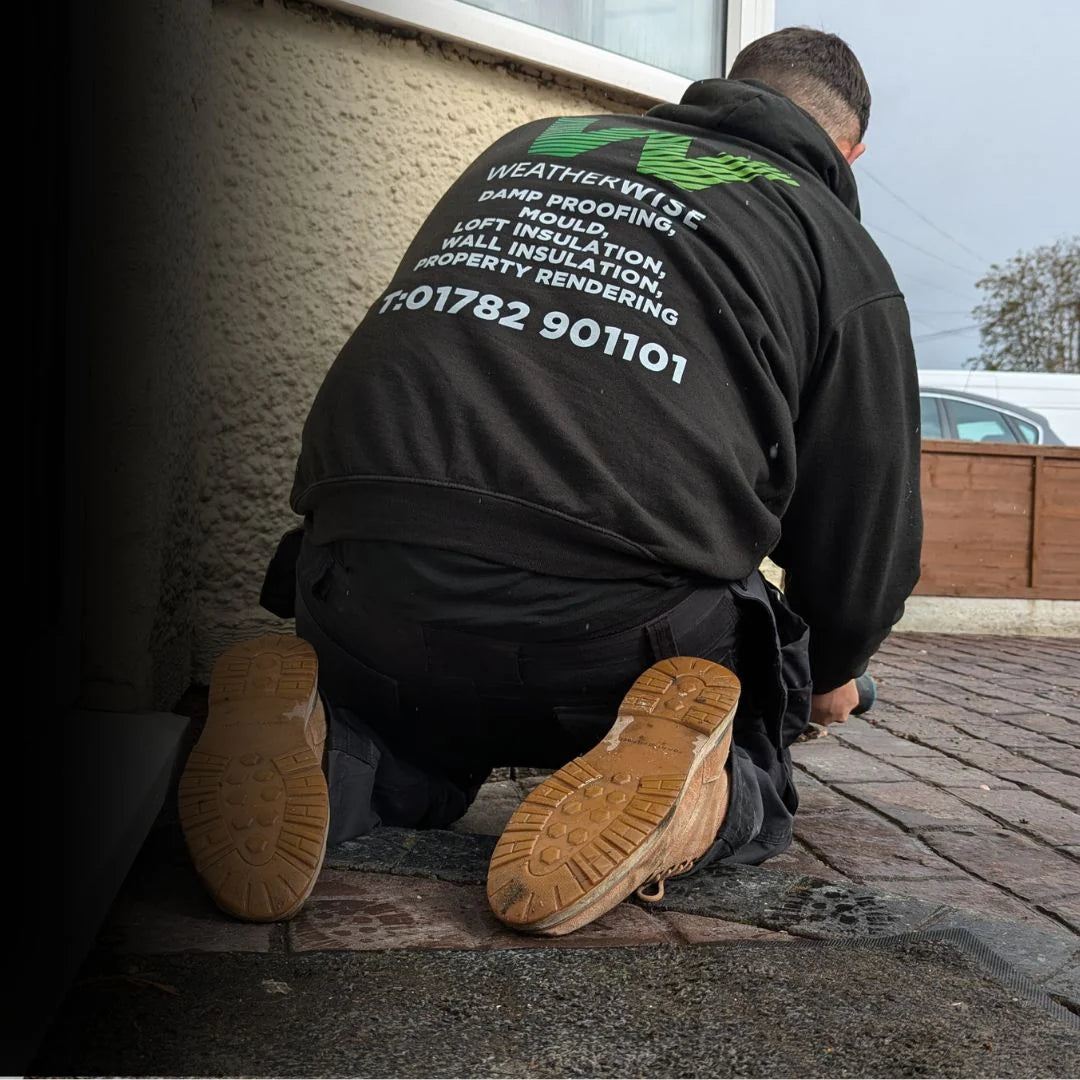💡 Plastering After DPC: What You Really Need to Know
It’s a common question we hear from customers:
“Do I need to replaster my walls after a new damp proof course (DPC) is installed?”
The answer? Not always.
While many companies will automatically recommend plastering, at Weather Wise Solutions, we take a more accurate, evidence-based approach.
🧱 When Plastering Isn’t Needed
If we’ve installed a new silicone-based DPC and there is no remaining salt or moisture contamination, and the original plaster isn’t bridging the DPC, then plastering may not be necessary.
✅ Bridging plaster has been fully removed from below DPC level
✅ Internal walls show no active moisture or salt damage
✅ Breathable materials are already in use
In these cases, the existing wall can be left as-is or redecorated once dry.
🧱 When Plastering Is Recommended
There are situations where plastering is needed to complete the damp-proofing process:
✔️ Salt contamination from rising damp is still present
✔️ The plaster has deteriorated or become hygroscopic (retains moisture)
✔️ The wall needs to be finished with a breathable, salt-resistant render
Our team uses damp-proofing guidance from PAM Ties and retrofit best practices supported by the Energy Saving Trust to determine the most appropriate solution for your home.
🔍 What is Bridging Plaster?
Bridging plaster is when old plaster extends below the new damp-proof course, allowing moisture to bypass the DPC and re-enter the wall. This is one of the most common reasons damp returns—even after proper DPC work.
Removing this plaster is often enough to solve the problem, without the need for full replastering.
📞 Book a Free Damp Assessment
Every home is different. That’s why we offer free, no-obligation surveys to assess whether plastering is truly necessary after your DPC installation.
Book a Free Survey for your Home here with Weather Wise Solutions—honest, expert advice every time.



